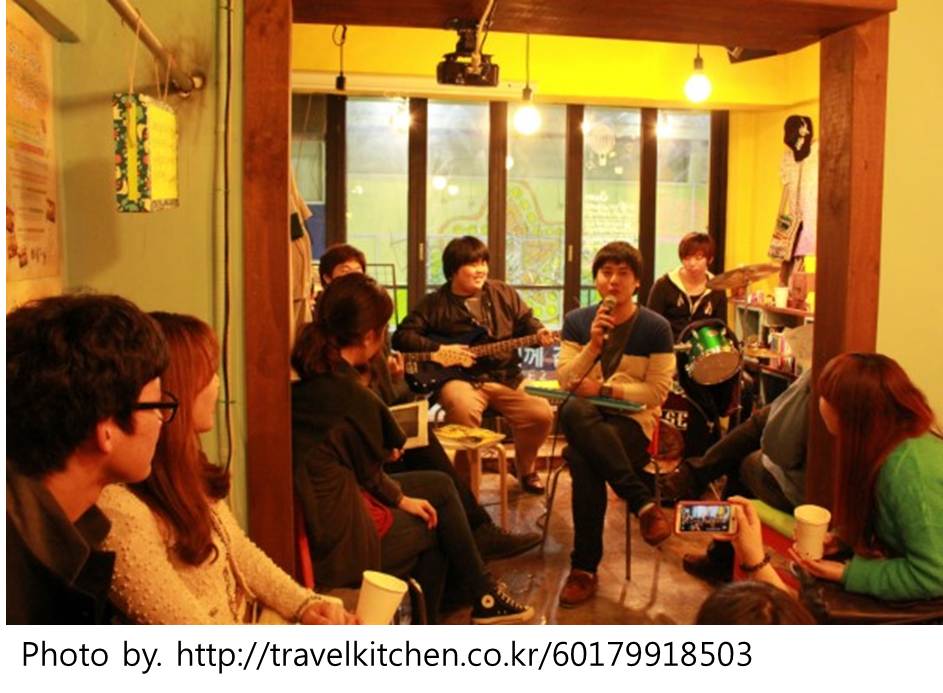Counted among Korea’s leading short story novelist, Kim Yu-jeong (1908~1937) was born in Sille Village in Sindong-myeong, Chuncheon. A restoration of his birth house, the Kim Yu-jeong House of Literature is part of an effort to turn the whole village into a literature village commemorating the novelist. The house has an exhibition hall, a walking path, and a hiking trail.
 Introduction
Introduction Kim Yu-jeong spent a great deal of his life in Seoul and returned to his hometown in 1931 at the age of 23. He published his first novel Sangol Nageune (The Wanderer) followed by numerous rural-based novels such as Dongbaekkkot (The Camellias) and Bom bom (Spring).
Inside the exhibition hall, his birth home and even a treadmill are reproduced in their original form. A variety of programs reproducing his works have also been organized.
Closed
Closed on every Monday and the day after National holidays
Operating Hours
Winter Season 09:30-17:00
Summer Season 09:00-18:00
Winter Season 09:30-17:00
Summer Season 09:00-18:00
Admission Fees - Free
Directions
Take a train from Sangbong Station (Subway Line 7, Jungang Line) to Chuncheon.
Get off at Kim Yu-jeong station.
It is located 3min from the station.
From Namchuncheon station, take bus 1 or 67.
Take a train from Sangbong Station (Subway Line 7, Jungang Line) to Chuncheon.
Get off at Kim Yu-jeong station.
It is located 3min from the station.
From Namchuncheon station, take bus 1 or 67.















